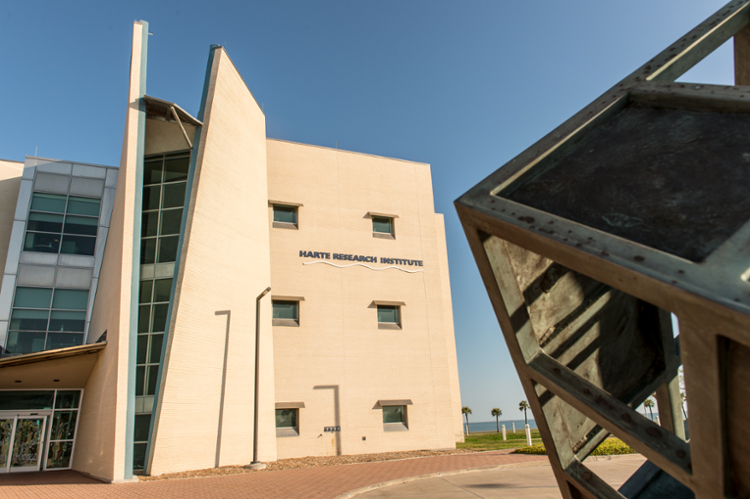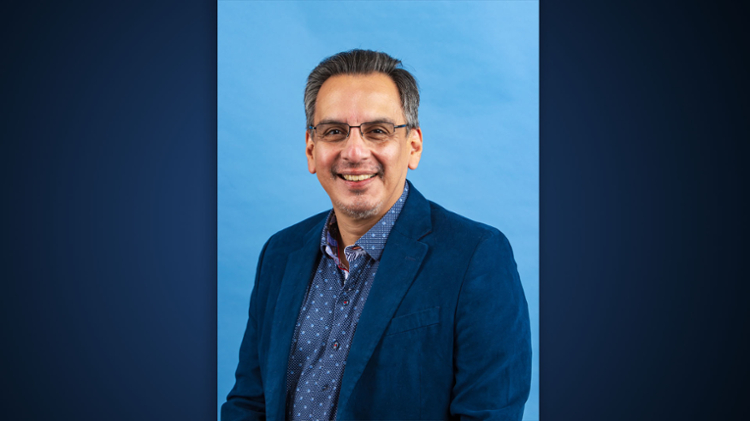Research Shows Coastal Environment Rebounded After Harvey’s Destructive Rains
CORPUS CHRISTI, Texas – Historic rains accompanying Hurricane Harvey’s 2017 landfall on the Texas coast triggered large low-oxygen events in coastal lagoons – but they also had a restorative effect on the ecosystem, according to observations by Texas A&M University-Corpus Christi researchers.
Those findings come from a National Science Foundation RAPID Research Response study led by Harte Research Institute for Gulf of Mexico Studies’ ecosystem studies and modeling chair Dr. Paul Montagna in the immediate aftermath of Harvey.
Co-Principal Investigators, Dr. Xinping Hu, assistant professor of physical and environmental sciences and Dr. Michael Wetz, associate professor of marine biology, also worked on the study, which allowed researchers to conduct widespread sampling of water, sediments and marine life across the Matagorda, San Antonio, Corpus Christi and Baffin Bay systems to watch the storm’s short and long-term impacts.
“What we’re finding is that the natural environment, unlike the human-built environment, is very resilient,” Montagna said. “It reminds me of a forest fire – they’re devastating, but the forests that grow back after the fire are often healthier than the ones that were there before.”
Harvey made landfall in August 2017 near Rockport as a Category 4 hurricane with winds up to 130 mph, the strongest hurricane to hit the middle of the Texas Coast since 1961’s Hurricane Carla. Beyond the immediate impacts of hurricane force winds and surge, coastal flooding occurred as the storm lingered along the coast for four more days, dumping as much as 50 inches of rain near Houston, one of the largest floods to ever hit the Texas coast.
Montagna, who’s studied and monitored Texas estuaries for more than 30 years, said the grant provided an unprecedented opportunity to examine how these unique coastal systems where fresh water and salt water mix would handle a huge influx of rain, nutrients, and debris.
“This project has helped us confirm things we’ve been working on for a long time,” he said. “We need to capture the full range of ecosystem responses, so it’s important to work during all conditions, from deep droughts to severe storms.”
Wetz, who conducted water quality monitoring for the project, said Harvey’s rains “basically turned the estuary into a river. The salinity went down to zero.” That triggered a hypoxic event, a condition of low-to-no oxygen waters that can kill or distress marine life and lasted for 10 days. But the system recovered fairly quickly from the event.
Though the rains had a lasting, destructive impact on the human-built environment, the freshwater flush revived the estuary, Montagna said, literally clearing it of debris, bringing an influx of nutrients and dissolved oxygen, and making space for new healthy life. In addition, he said, scientists have found that rapid change in salinity and water quality can even trigger some marine species to reproduce.
“The most heartening thing to me is that this has shown us the ecosystem is resilient. It’s adapted. It doesn’t need intervention from us,” Montagna said. “The marshes may get chewed up by the wind and waves, and the oysters may get buried in the mud. But we’re seeing a real bloom in our recent samples. Within a year, organisms have made a comeback and they’re stronger than before.”





